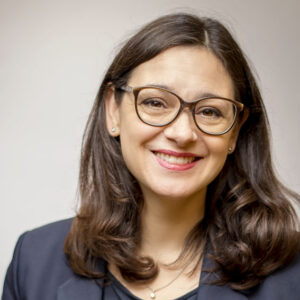Sustainable mobility in the region, which leads to less pollution and better quality of life, long-term advantages for the economy and employment, as well as for living and leisure – that is the goal of the mayors of LEADER region Rhein-Wied: Hans-Günter Fischer (Linz am Rhein), Karsten Fehr (Unkel), representative Reiner W. Schmitz (Bad Hönningen) and Hans-Werner Breithausen (Rengsdorf-Waldbreitbach).
The mayors see the establishment of an intermunicipal, integrated electric mobility concept as an important initial cornerstone for achieving sustainable mobility for the LEADER region of Rhein-Wied. This region consists of the municipality associations Linz am Rhein, Unkel, Bad Hönningen and the former municipality association Waldbreitbach.
That is why the Rhein-Wied local action group (Lokale Aktionsgruppe (LAG)) applied for a federal funding grant for an electric mobility concept in the framework of electric mobility project funding from the Federal Ministry of Transport and Digital Infrastructure (BMVI). Now the relevant funding notice has been issued by the ministry in the amount of 86,000 euros. An external service provider is to be tasked with the preparation of the concept. The costs are estimated to be in the range of about 108,000 euros.
The electric mobility concept should bring about a regional transport development concept, of which the charging infrastructure concept will be an important component, to enable spatial- and needs-oriented construction of charging stations. By means of a fleet analysis, the feasibility with regard to the integration of electric vehicles in municipal fleets will also be examined. Similarly, a feasibility analysis for commercial fleets of selected companies will also be conducted. By means of subsequent testing phases, the results will be validated and staff’s awareness increased. In the framework of a fleet analysis it will also be evaluated whether the generation of renewable energy in the locations concerned would be possible. In addition various e-car and e-bike sharing models will be considered in order to indicate sites for future mobility stations. In order to analyse intensity of use and demand, the appropriate test phases will also be planned for.

